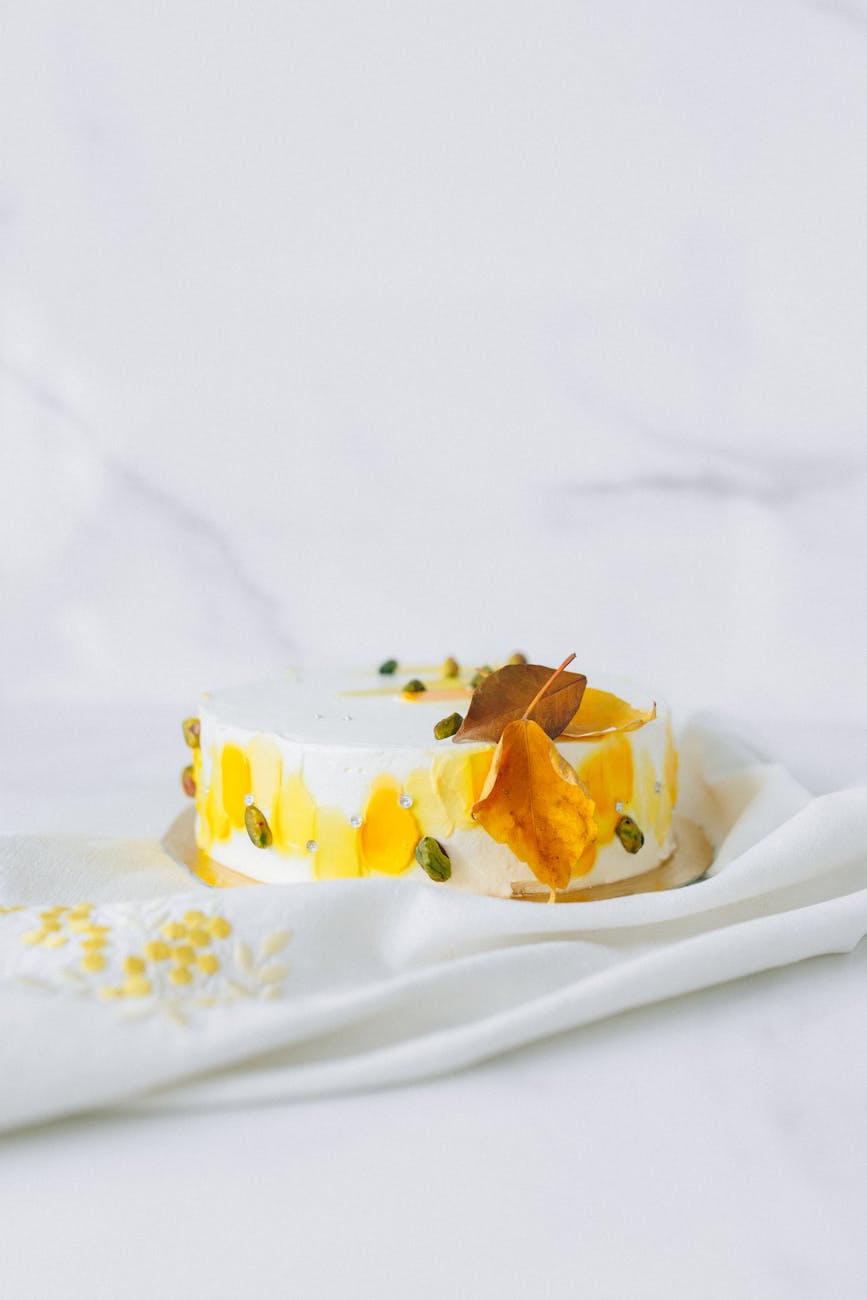Understanding Cooking Measurements
Importance of Accurate Measurements
In cooking, getting the numbers right can make or break your meal. Think of it as the secret handshake that ensures your dishes taste the way they’re supposed to, hitting those flavor notes just right. Whether you’re a kitchen veteran or still figuring out which whisk is which, wrapping your head around why measurements matter can give your culinary creations that extra zing.
Cooking is like its own little world with measurements being the languages we use to connect recipes with reality. A ‘cup’ isn’t some vague concept, and a ‘dash’ sure isn’t a free-for-all splash. Each has its own exact weigh-in, setting the balance for ingredients in a dish. Following these guidelines means you can whip up your favorites time and time again without a hitch, just how the recipe meant it to be.
Keep in mind though, not all ingredients are created equal in the weight department. A cup of flour and a cup of sugar won’t weigh the same—it’s just how they’re built. If you don’t get these quirks and self-translate accordingly, it can really throw off your culinary game.
Whether you’re whipping up a delicate cake or stirring a comforting stew, having precise measurements in your corner lets your culinary dreams shine through. Grasping measurements—and knowing how to flip them into grams—arms you with the smarts and guts needed to tackle recipes with flair. Consider checking out our piece on how many grams are in a cup for a solid guide on how to nail those measurement conversions across various ingredients.
Converting Cups to Grams
Cooking and baking can be a bit of a science experiment, and getting those measurements spot-on makes the magic happen. When you know how to switch up measurements from cups to grams, you unlock a whole world of tasty possibilities. Here’s a simple guide to help you get on top of converting cups to grams, with a handy cheat sheet for your favorite ingredients.
How to Convert Cups to Grams
Switching cups into grams isn’t just about numbers—it’s about understanding what you’re dealing with. Each ingredient has its own ‘thing’ when it comes to density, so the grams per cup vary. A universal trick is:
1 cup of an ingredient = X grams
To nail this conversion, it’s a good idea to have a reliable chart nearby or break out a kitchen scale for ultimate precision. Weighing your ingredients can mean the difference between a cake that rises and one that flops.
Common Cooking Ingredients and Their Grams Equivalent
Here’s a quick look at how some popular baking and cooking ingredients measure up:
| Ingredient | Grams per Cup |
|---|---|
| All-Purpose Flour | 120g |
| Granulated Sugar | 200g |
| Butter | 227g |
| Milk | 240g |
| Brown Sugar | 220g |
| Rolled Oats | 90g |
| Almonds (whole) | 140g |
| Honey | 340g |
| Chopped Nuts | 125g |
| Cooked Rice | 195g |
Use this table as a trusty sidekick when you’re cooking up a storm. Density plays a big part, so keep a chart or scale at hand to make sure you’re always getting it just right.
When you know how to switch cups to grams, it’s like having a superpower in the kitchen. You’ll follow those recipes like a pro, and your meals will come out spot-on, every single time. Getting those measurements right might just be the secret ingredient to turning good food into unbeatable dishes.





